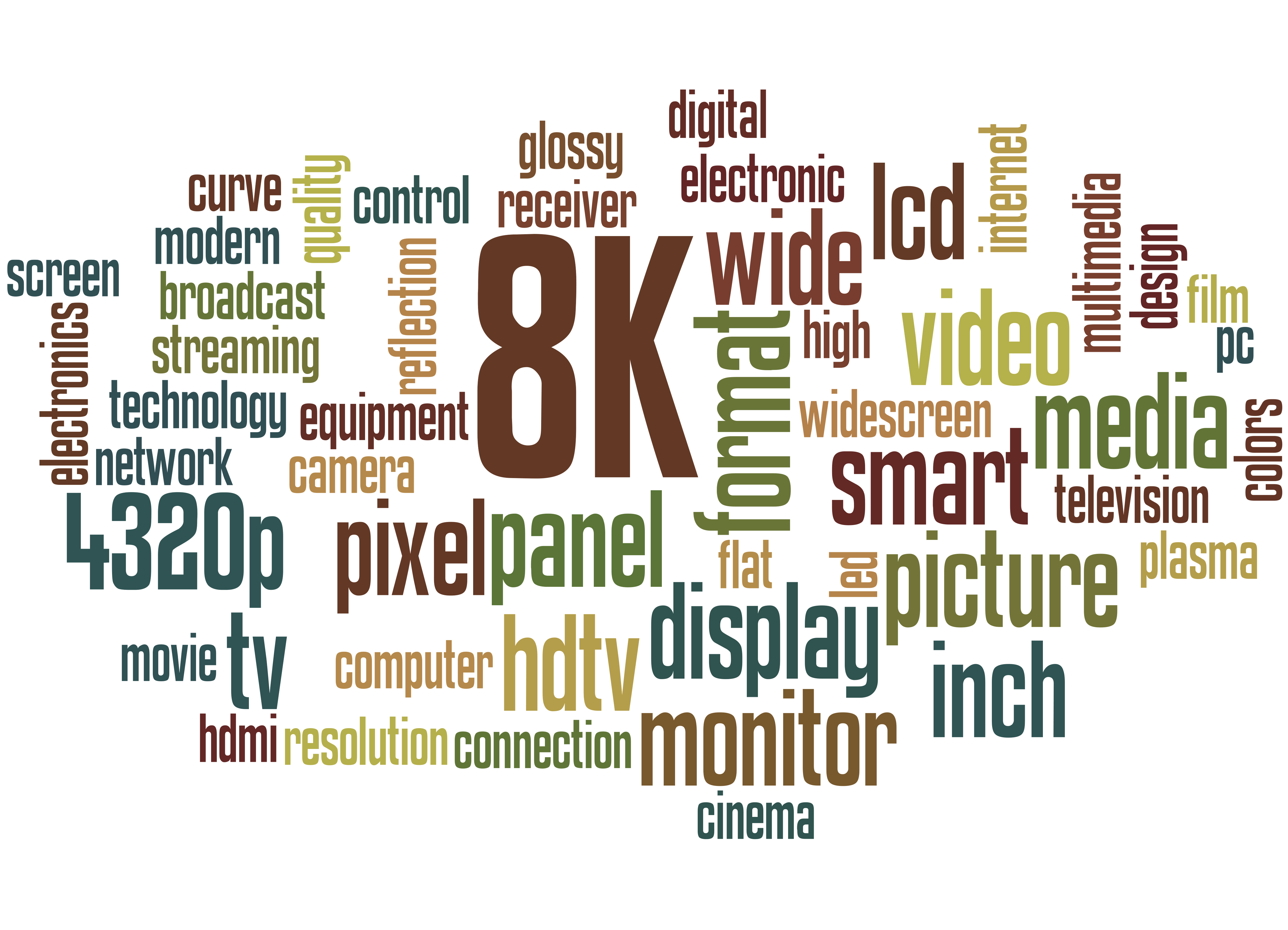If people buy a high megapixel camera, but prefer smaller files, they have two options. Either they can shoot 45-50 megapixel JPEGs which will fly at lightning speed, or they can select a lower resolution mode. Canon models (and most other brands) have allowed the user to choose from 3 different (uncropped and uncompressed) RAW resolutions for donkey's years.
The choice is between buying a 24MP camera, and being stuck with a maximum of 24MP, with consequent disadvantages when it comes to cropping.
... or buying a 50MP camera that offers a choice of shooting 50MP, 25MP or 12MP (these figures are not precise - they'll vary from model to model) simply by twiddling a dial or selecting the appropriate option in the menu.
I can absolutely understand why someone would be happy with a 24MP camera, or even a 12MP camera, if all they wanted was to post images on the internet, shoot video, or to make smallish prints. But there will nearly always be situations when you can't get close enough or have the wrong lens on the camera when an amazing photo opportunity arises, and then the cropping advantages of a high MP camera really pay off in a big way. For wildlife photography in particular, the ability to crop tightly and still get a really high quality image is a huge advantage. I could shoot on a 400mm F2.8, crop the image to 600mm equivalent, and still have an image as good or better than I'd get with a 600mm F4, at a fraction of the cost and weight.
As far as I can see, there are no negative aspects to buying a high megapixel body, other than the greater initial cost. Bigger sensors have lower yield rates in manufacturing, and they require more powerful processors, which pushes up the price of the cameras. Personally I'm willing to pay the extra cost to get all the benefits, but I totally accept that some others have different priorities.

